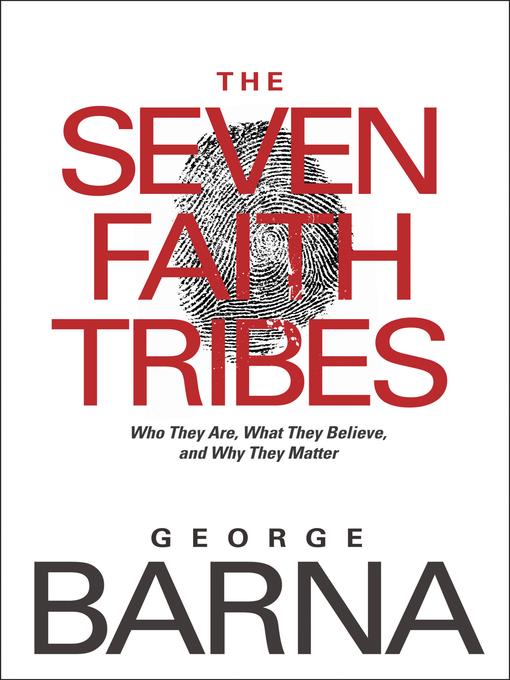
The Seven Faith Tribes
Who They Are, What They Believe, and Why They Matter
کتاب های مرتبط
- اطلاعات
- نقد و بررسی
- دیدگاه کاربران
نقد و بررسی

June 1, 2009
Prolific author and founder of the Barna Group, George Barna has written a sociopolitical assessment of faith groups (or "tribes," as Barna calls them) in the United States. In its 14 chapters, he sets up a moral portrait of America and its "path to self-destruction," before identifying what he calls the "seven faith tribes" in this country. These include Casual Christians, Captive Christians, American Jews, Mormons, Pantheists, Muslims in America, and Spiritual Skeptics, each group accorded its own chapter. Next, the author devotes six chapters to broader issues of how to move forward in this time of supposed self-destruction, from empowering leaders, to enhancing the roles of family, and revitalizing of power within each individual "faith tribe." VERDICT Barna's research, through his foundation, generated astounding statistics (over 30,000 survey responses between 200008). His text, however, conveys the sensitivity of a faith-centered motivational seminar and cannot be considered completely scholarly or definitive despite the unprecedented data collection. Still, the book may be of interest to some readers.Anthony J. Elia, JKM Theological Lib., Chicago
Copyright 2009 Library Journal, LLC Used with permission.

May 1, 2009
Evangelical Christian researcher Barna believes that a U.S. in which self-interest has overtaken shared interests is spiraling toward self-destruction but that its not too late for the country to reinvent itself. He clearly states, however, that this book doesnt aim to convert anyone to his religious views; indeed, he insists it is crucial for Christians to work with non-Christians. From analyzing more than 30,000 interviews with U.S. adults, Barna has determined that Americans, while belonging to more than 200 different religious affiliations, belong to just seven faith tribes: casual Christians (67 percent); captive Christians (16 percent); Jews (2 percent); Mormons (1.5 percent); pantheists, mostly Eastern religions (1.5 percent); Muslims (less than 1 percent); and skeptics, including atheists and agnostics (11 percent). Barna profiles each groups religious beliefs, political perspectives, and self-conceptions. A chapter on the media is especially provocative, since Barna considers media exposure Americas most widespread and serious addiction. Barnas prospective call to action will upset some and please others while remaining fascinating, important, and worthy of reflection by all its readers.(Reprinted with permission of Booklist, copyright 2009, American Library Association.)

























دیدگاه کاربران